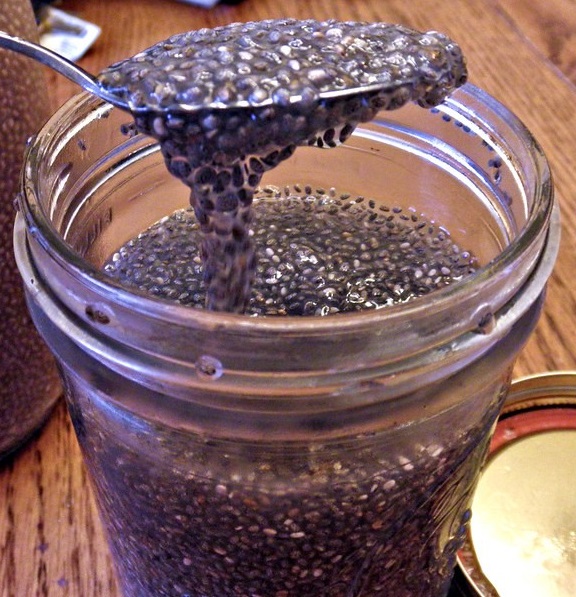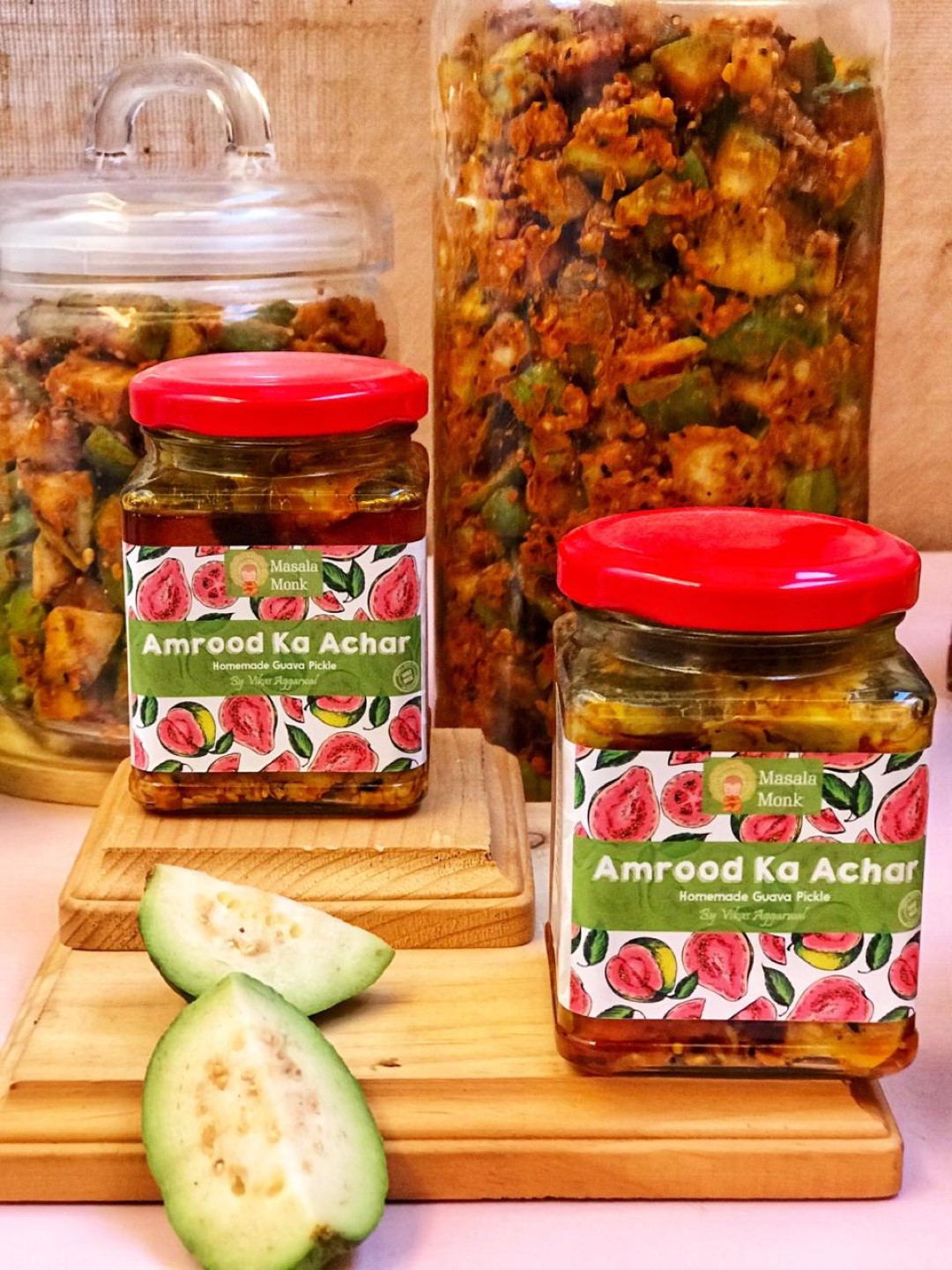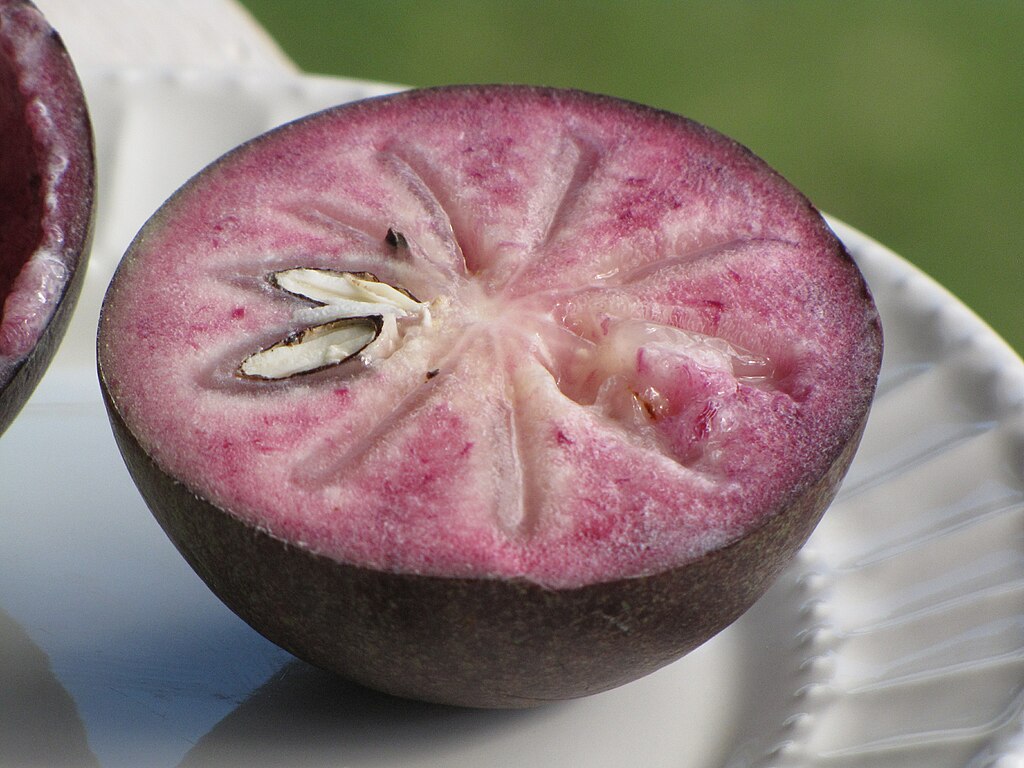
Welcome to the world of chia pudding, a delightful journey of taste and nutrition brought to you by the Toasty Apron YouTube channel. This channel is a treasure trove of simple, healthy, and delicious recipes that are perfect for meal prep and on-the-go snacks. In this blog post, we’ll explore six different chia pudding recipes featured in their video, “CHIA PUDDING » 6 Flavours for Easy, Healthy Breakfast Snacks | Spring/Summer Meal Prep”.
Chia pudding is a versatile and nutrient-packed dish that can be enjoyed at any time of the day. Originating from the ancient Aztec and Mayan cultures, chia seeds were considered a staple food, valued for their energy-boosting properties. Today, these tiny seeds are recognized as a “superfood” due to their high content of fiber, protein, antioxidants, vitamins, and omega-3 fatty acids. When soaked in liquid, chia seeds absorb up to 12 times their weight, creating a gel-like substance that forms the basis of chia pudding. This simple dish can be customized with a variety of flavors and toppings, making it a delicious and healthy choice for breakfast, snack, or dessert.
6. Mango Coconut Chia Pudding 🥭🥥
This tropical delight combines the sweet flavor of ripe mango with the creaminess of coconut milk. The pudding is layered with mango puree and topped with mango chunks and coconut flakes, making it a perfect treat for the spring and summer months. The combination of mango and coconut not only brings a tropical twist to your breakfast but also provides a good dose of vitamin C, fiber, and healthy fats.
5. Orange Creamsicle Chia Pudding 🍊
This refreshing citrus blast is made with the juice of three mandarins, light coconut milk, and a touch of vanilla extract. Topped with a spoonful of Greek yogurt, mandarin slices, and coconut flakes, it’s a summery treat that tastes just like the beloved popsicle. The mandarins provide a good dose of vitamin C and fiber, while the Greek yogurt adds a protein punch.
4. Very Berry Chia Pudding 🍓
This super refreshing and easy-to-make pudding is perfect for berry lovers. The base is made by blending milk, maple syrup, and frozen berries until smooth. The pudding is then topped with fresh or thawed berries, granola, and hemp seeds for an extra crunch. Berries are packed with antioxidants and vitamins, making this pudding a super nutritious start to your day.
3. Apple Pie Chia Pudding 🍏
This pudding tastes just like a slice of apple pie. The base is made with unsweetened applesauce and a hint of cinnamon. The pudding is topped with caramelized apple chunks cooked with coconut oil, maple syrup, and cinnamon, making it a delicious treat for any time of the year. Apples are a great source of dietary fiber and vitamin C, and when combined with the protein-packed chia seeds, this pudding becomes a balanced meal.
2. Pumpkin Spice Chia Pudding 🎃
This fall favorite combines pure pumpkin puree with pumpkin pie spice and vanilla extract. Topped with a spoonful of Greek yogurt, a sprinkle of cinnamon, and crushed almonds, it’s a perfect treat for when you’re craving some pumpkin spice. Pumpkin is a great source of beta-carotene, a powerful antioxidant that gives the pumpkin its orange color. It’s also high in fiber and vitamin C, making this pudding a nutritious and comforting treat.
1. Chocolate Banana Chia Pudding 🍫🍌
This decadent pudding is perfect for dessert or a rich breakfast. The base is made with cocoa powder and crushed chocolate or chocolate chips. The pudding is then topped with banana slices, more crushed chocolate, and crushed almonds, making it a smooth, chocolatey treat. Bananas are a great source of potassium and vitamin B6, and when combined with the antioxidants in the cocoa powder, this pudding becomes a delicious and healthy treat.
Chia pudding is not only delicious but also packed with fiber, protein, antioxidants, vitamins, and omega-3 fatty acids, making it a great choice for a healthy snack, breakfast, or dessert. It’s also perfect for meal prep as it stays fresh for about five days in the fridge.
If you’re interested in joining a community of food lovers who share their experiments and results, consider joining the Vibrant and Engaging Food Lovers of Eatlo – Facebook group. It’s a great place to share your chia pudding creations and learn from others.
Remember, the journey to a healthier lifestyle starts with a single step. Start making your chia puddings today! 🌱🌱🌱
All credit for these amazing recipes goes to the Toasty Apron YouTube channel. Be sure to check out their video, “CHIA PUDDING » 6 Flavours for Easy, Healthy Breakfast Snacks | Spring/Summer Meal Prep”, for more details and inspiration.












